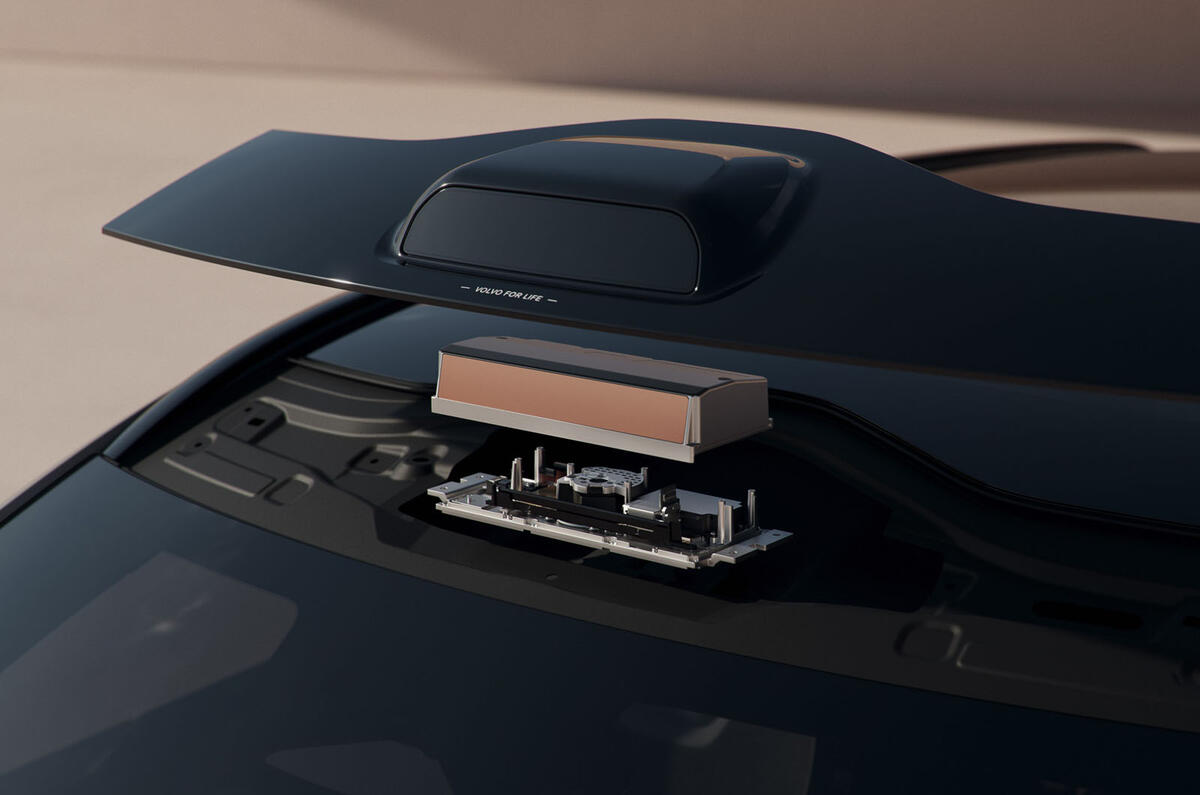When it comes to grabbing attention, lidar developer Luminar doesn’t hold back. In 2021, it pledged to deliver the “uncrashable car”. And its website proudly asserts: “First seatbelts. Then airbags. Now Luminar.”
Lofty claims, and it seems manufacturers are being persuaded of the company’s potential.




Add your comment